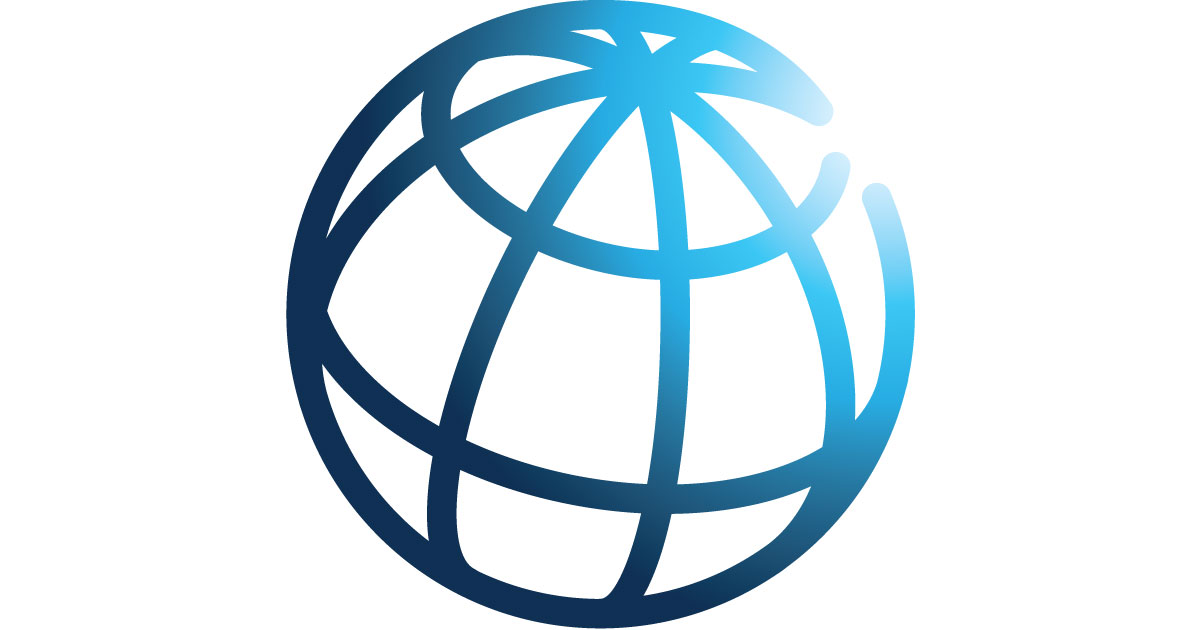Claiming that Somalia has a GDP per capita of $6,000 or anything close to it is absurd wlh. Just think about it logically, you’re arguing that Somalia is as economically productive as countries like South Africa, Albania, Lebanon and Indonesia , despite our significant institutional and infrastructural deficits compared to them. It really doesn’t add up if you use common sense.Somalia's real GDP per-capita is actually 6000 USD . The IMF is using outdated numbers that hasn't beenrebased yet
We can know the exact GDP numbers of Somalia because 98% of the economic transactions of the country uses mobile, because mobile money transactions cover almost all financial activity in Somalia, they provide the most accurate estimate of GDP. meaning it captures almost all economic activity—both formal and informal. Because of this, Somalia’s mobile money transaction volume is a direct reflection of its real GDP, unlike in many other countries where cash and bank transactions are more dominant.
There is a really obvious gap in development that even a layperson would notice just by walking through the streets of those countries compared to Somalia. Without even mentioning the infrastructure, just think of how the primary modes of transport in Somali cities are motorcycles and bajaajs, compared to the much more ubiquitous use of cars in those countries.
And this even before considering figures related to life expectancy, HDI, and other development indicators. You don’t have to be so fantastical when discussing Somalia you know.







